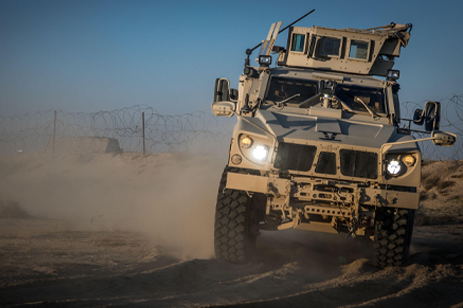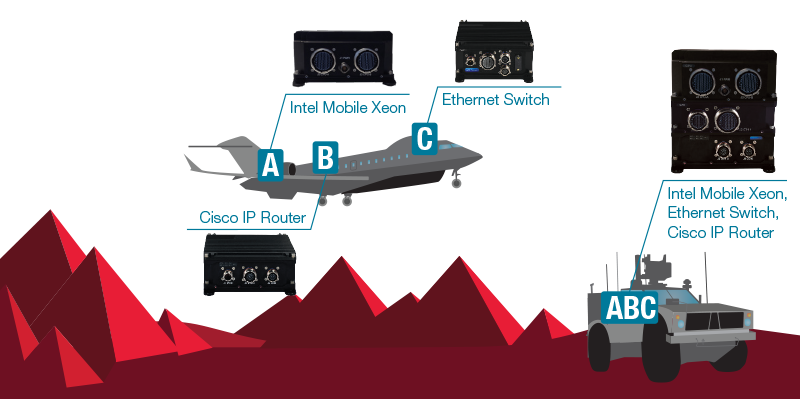
It’s a challenge to fit all the mission electronics on-board a SWaP-constrained platform, while meeting reliability and schedule constraints. The modularity of small form factor (SFF) mission systems enables system architects to choose distributed or consolidated LRU system architectures to best meet the platforms needs.
Every defense and aerospace vehicle has its own set of mission requirements and degree of flexibility for how its system architecture is implemented. Smaller platforms have smaller payloads and a limited range, whereas larger military vehicles can have significantly larger payloads to support multiple roles over a longer mission. Where the electronics are physically integrated impacts the system architecture. As technology evolves and embedded systems continue to shrink, system integrators have more architectural options.
Traditionally, a complete mission system is distributed across multiple small subsystems, each performing a single sub-task, often with duplicate systems performing redundant tasks. Consolidating functions into a single, small form factor, rugged enclosure can save system weight and space both in cabling and enclosure design.

This savings can have a real impact on operational costs.

For every pound of weight eliminated for an unmanned aircraft dedicated to ISR, approximately $30k can be saved in operational costs.
Though consolidating all mission functions to a single LRU is appealing from a SWaP perspective, it may not be the best solution from a technical perspective for the platform, since thermal management, cyber security, electromagnetic interference, maintenance, and cabling all factor into the platform architecture approach. Consequently, integrators routinely perform a tradeoff analysis to identify the best SWaP-optimized approach that meets platform payload requirements.
Today’s system integrators have more choices than ever with standalone SFF and ultra-SFF subsystems, including those that perform multiple functions and replace the capabilities of multiple legacy systems. To take a deeper look at the advances in this area, how industry has been taking advantage of them, and how one might best create their own system architecture, read the Small Form Factor (SFF) Mission System Modularity Enables Choice of Distributed or Consolidated Architectures white paper.